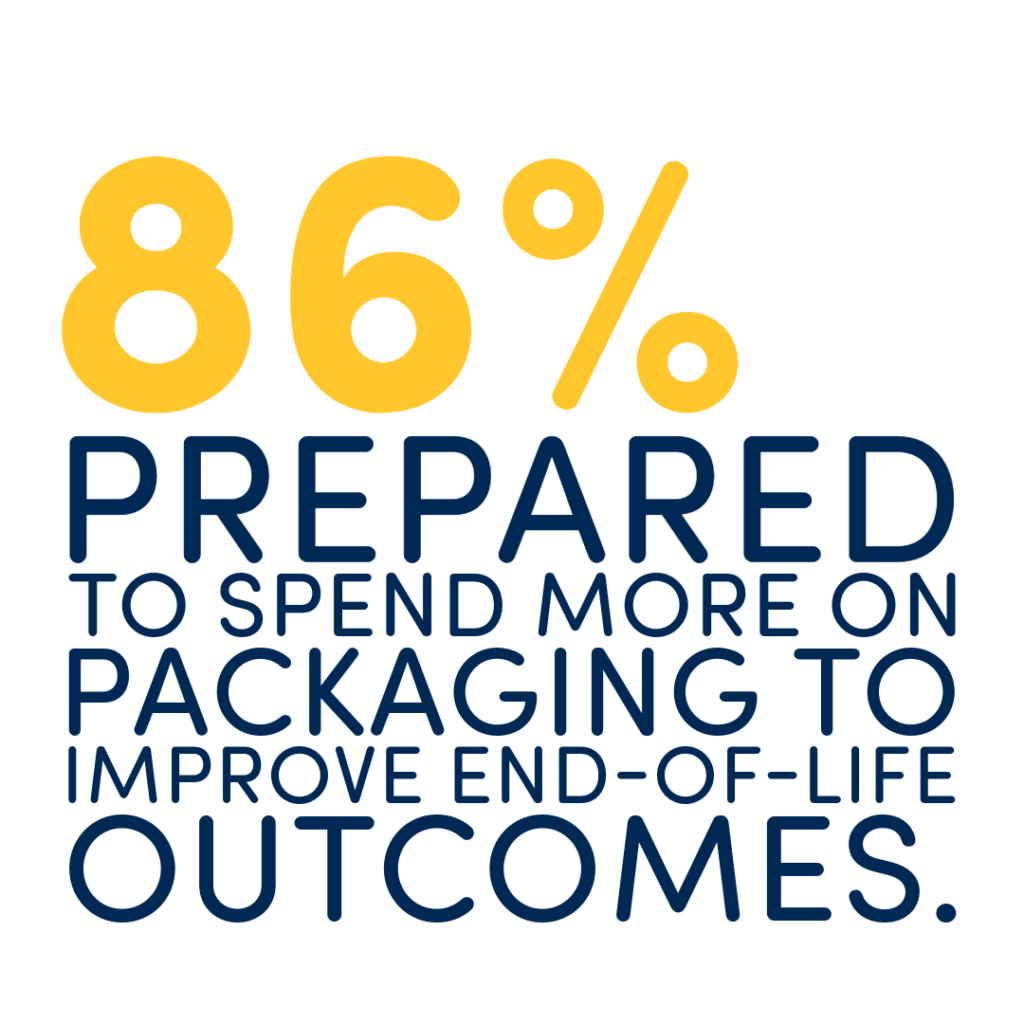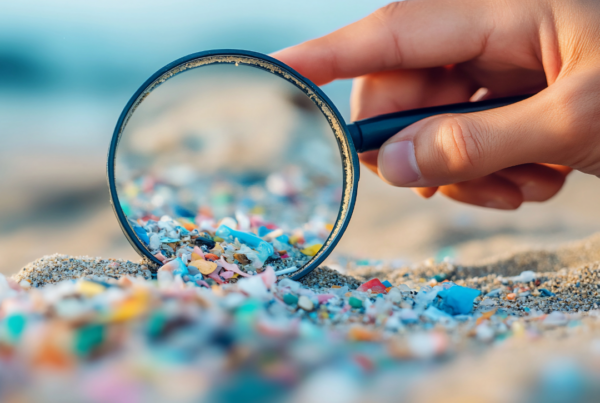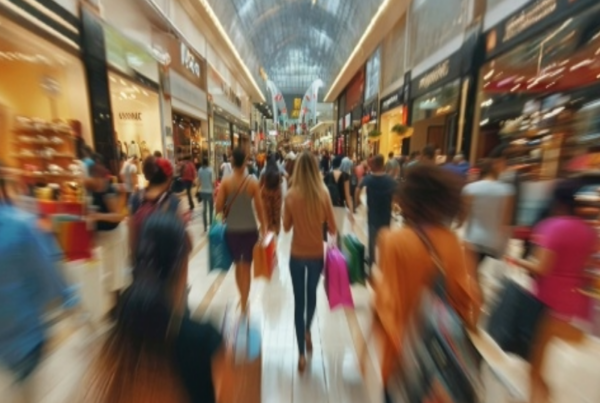A comprehensive new study1 by Aquapak, ‘FMCG flexible packaging: accelerating the move from plastic to paper’, based on research with 100 UK packaging experts responsible for packaging R&D, technology, design and sustainability for FMCG brands, highlights their concern over the use of plastic packaging by their business and the impact of microplastics in oceans, waterways and living organisms, including humans.

Over one third (37%) of respondents said that they are extremely concerned and 63% said they are quite concerned. Microplastics are tiny plastic particles up to 5mm in diameter that result from both commercial product development and the breakdown of larger plastics. In the last four decades, concentrations of these particles appear to have increased significantly and, as a pollutant, microplastics can be harmful to the environment and animal health.
Tougher regulations needed to kerb microplastics
The majority (84%) of those surveyed said there should be much tougher regulations to help kerb the introduction of microplastics into the environment, with just 6% disagreeing with this course of action, and 10% didn’t know.

Whilst the majority (92%) of those questioned plan to stop using plastic in their consumer packaging altogether and move to more paper-based materials, the timeframe for transition is still considerable, with only 6% expecting to achieve this goal by 2026, 27% by 2027, 35% by 2028 and 28% by 2029. However, on a more positive note, 86% said that their business is prepared to spend more on packaging to improve sustainability and end-of-life outcomes which, ultimately, will reduce the risk of harmful microplastics being released into the environment.
Over a half (56%) said their business would be willing to pay 4% – 5% more for proven, environmentally friendly packaging materials, compared to existing plastics. One third said their business would pay between 6% and 9% more, and 8% said between 10% – 20% more.
Increased investment in new packaging materials are expected
Taking a longer-term view, one quarter expect their business to increase its investment in packaging material with better recyclability and end of life outcomes dramatically, 40% expect it to increase slightly and 35% expect it to stay the same as today.
Dr John Williams, Chief Technical Officer at Aquapak, said: “Microplastics are one of the most problematic consequences of plastic in the environment. The truth is that we are only just starting to fully understand the damage they are causing to the food chain and the long-term effects they will have. Our research shows that the FMCG sector is very conscious of the problem, but the pace of change remains slow.
“New packaging materials such as Hydropol, an innovative polymer developed by Aquapak, already exist which do not harm the environment when they come to the end of their useful life and still provide the functionality and product protection needed. In the case of Hydropol, it breaks down without the formation of harmful microplastics.”
HydropolTM performs like plastic, recycles like paper
Aquapak Polymers Ltd specialises in designing and manufacturing new polymer-based material technologies that uniquely deliver both performance and environmental responsibility at scale. HydropolTM, is a groundbreaking high-performance polymer developed by Aquapak’s own research chemists that enables product and packaging design to meet all necessary functional and performance requirements, whilst increasing recycling, reducing harmful plastic pollution and supporting the circular economy. When extrusion coated or laminated onto paper, HydropolTM adds strength and barriers to oxygen, oil and grease, and its solubility allows 100% paper fibre recovery through paper recycling mills.
HydropolTM does not form harmful microplastics
Hydropol is currently defined as a plastic and like all plastics as breakdown occurs it fragments into smaller pieces – technically defined as microplastics. However, unlike most conventional plastics these small pieces are not harmful and go on to biodegrade safely thanks to the presence of chemical functional groups, common in natural materials such as starch and cellulose. These allow for continuous breakdown without the formation of toxins, or the subsequent absorption of toxins from the environment associated with conventional plastics. There is an abundance of academic research carried out in this area. The means Hydropol is marine-safe. Hydropol is hydrophilic (water-liking) and has no natural tendency to attract toxins or form toxic microplastics and is itself non-toxic to marine fauna. A two-year marine toxicity study on zebra fish larvae showed this to be the case and there is further ongoing research at the University of Portsmouth.
To download the full report please complete a few details below.
1 Research conducted by PureProfile with 100 packaging experts working for FMCG brands in the UK, in March 2024.
2 According to Statista, the UK devoured 8.3bn packets of crisps in 2017. By 2030, the consumer data firm expects that number to rise more than 30% to 11.1bn a year.



